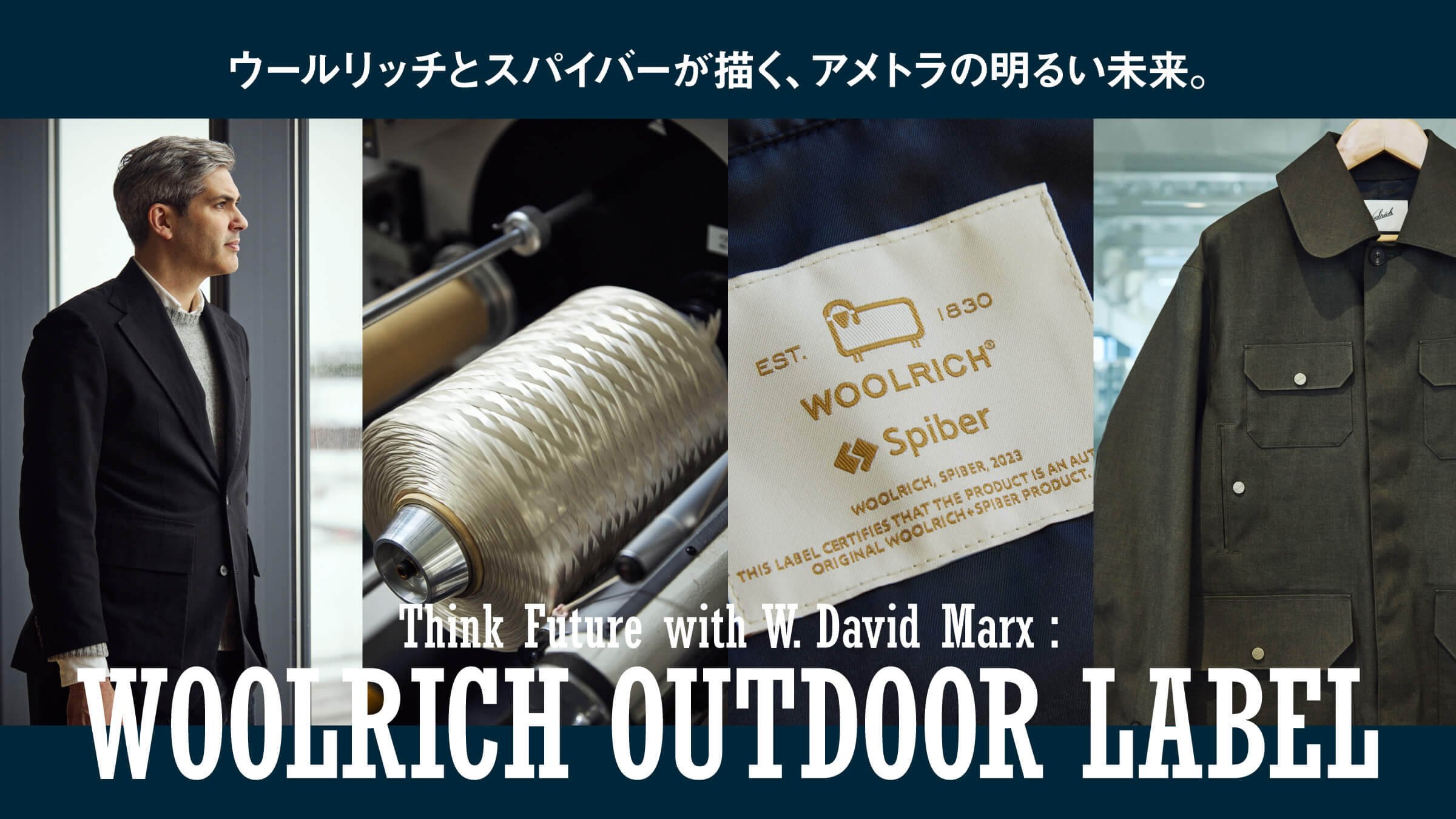How Brude Protein™ fiber is created.

The first place we visited was the laboratory where research and development takes place. As explained at the beginning of this article, Brude Protein™ Fiber is created through a microbial fermentation process. The simple principle is that by feeding sugar from sugarcane or corn to microorganisms, proteins are produced by a fermentation process similar to that of alcohol or yogurt. But to do it artificially and develop it as an industry, considerable efficiency is required. That is what research and development is being conducted here to make it happen.

Proteins vary in their properties depending on the combination of amino acids. There are 20 types of amino acids, and in the case of a protein consisting of 100 amino acids, for example, there are 20 to the hundredth power of variations in the amino acid sequence. Considering that the number of atoms in space is said to be 10 to the 80th power, while the amino acid sequences that make up proteins can be thousands or more in length, the total number of combinations is astronomical.
The recipes were based on naturally occurring protein materials such as spider silk, wool, and cashmere. To create a material that would meet the desired purpose, we analyzed the characteristics of these materials and, based on the data obtained, established a technology to have microorganisms produce proteins. Through numerous challenges and trial and error, the "Brude Protein™" material was born.

The lab is lined with equipment for cultivating microorganisms. Here, we control the type and ratio of substances to be added to the solution, as well as the complexities of temperature conditions and nutrients to be provided. We are experimenting with various parameters in an automated manner to find the most productive culture conditions for the microorganisms. Microorganisms are living creatures just like us. That is why it is not enough to work in a monotonous way.

It's really interesting. It's really amazing that they are able to find the optimal conditions for their goals while modifying the genes to get closer to what they want to create.


The next stop was the pilot-scale fermentation and culture facility. Based on data obtained in the lab, large-scale cultivation of microorganisms and purification of "Brude Protein™ Polymer" are conducted here.

Unlike the lab we saw earlier, there is a distinctive aroma wafting through the air. So this is the smell of microorganisms."
And so it should be. Instead of the small bottles that were in the lab, they are doing that work here in tanks of several thousand liters. There are many other facilities in this facility besides the tanks. The culture medium passes through pipes to go through those facilities, and only pure proteins are purified in the end.

It's an amazing facility. When we talked to them, they told us that they custom-build ordinary machines. Because they are doing something special, they have no choice but to make their own equipment to suit the purpose. I was also surprised to see that despite the spaciousness of this facility, there are only a small number of staff members. That means they are well automated."

And here is the purified "Brude Protein™ Polymer". The production efficiency per tank is also evolving rapidly, proving that the results of research in the lab can take shape in this way.

The granulated "Brude Protein™ Polymer" is dissolved into solution in Spybar's in-house dissolution facility. The quality of this dissolution process must also be tightly controlled by the production team members. They say that the speed at which the protein is fed in, the speed of stirring, and the time it takes will affect the quality of the fibers when they are made into fibers.
I am sure that the spinning technology for nylon and polyester is similar in terms of process, but this one requires even more delicate control.



Under the proper conditions, liquefied "BRUDE PROTEIN™" is made into fibers in bundles through showerhead-like nozzles with numerous holes. Since productivity increases in proportion to the number of holes in the nozzle, the amount of fiber that can be produced here has also been dramatically improved as a result of various research and development efforts.

Spyber has also established a plant in Thailand to mass-produce protein polymers, and mass production is now underway. The more mass production is established, the lower the production cost will be, and the more widespread the use of this new material will become. If more people have access to this new material, it will have a significant impact on the global environment.















